Essential Knots for Filmmaking: Bowline
I am going to take you through the four most essential knots in filmmaking and we start with the number one used knot in the movie business: the bowline.
I thought it would be fun to take you back to my grip days and what I learned back when I was starting out and how it now applies to me as a cinematographer. I have to say that understanding the power of knots is incredibly important, whether you are a grip, electric, camera or a DP. I have been in so many places where if I did not know the correct knot, I would have either not been able to get the shot safely myself, make it safe for others, or lose time by asking someone else to do it.
History of the Bowline Knot:
The bowline knot is known as one of the four main maritime knots. It is called the “bowline” because it is used to tie the end of a square sail to the bow of a ship to keep the sail from being taken by the wind.
The bowline is also used as a rescue knot for getting people who have fallen off a cliff, or in a hole or any other tough spot. What are the uses of the bowline knot for filmmaking? You can use it to tie onto 12×12 frames, 6×6 frames, or tie it to anything that you want to secure. Safety is always priority on a set, and this knot is reliable. This knot is strong for holding, yet fast to untie. Here’s how you make the bowline:
Step One:
Lay one part of the rope in your left hand. The rope side in my right hand will be highlighted red.
Step Two:
Take the rope in your other hand, and cross it over the other side to create an X.
Step Three:
Take the rope on top (rope on right side) and loop it into the “rabbit hole.”
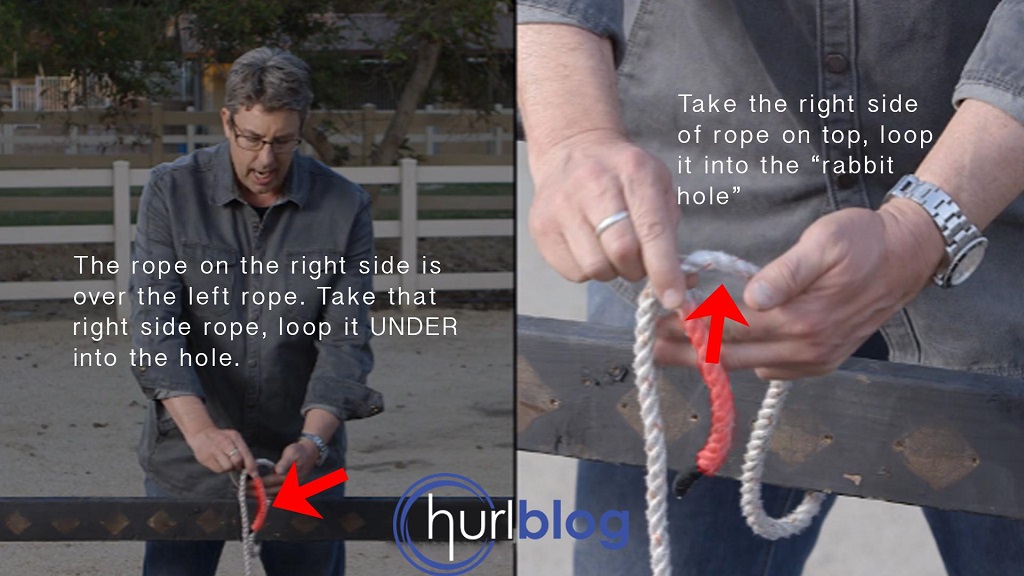
The rope highlighted red indicates the right rope side, which goes over the left rope side and comes up through the hole.
Here is what it looks like after the rope has gone through the hole:
Step Four:
Take the side that was just popped through the hole, and take it under the other piece of rope on the other side.
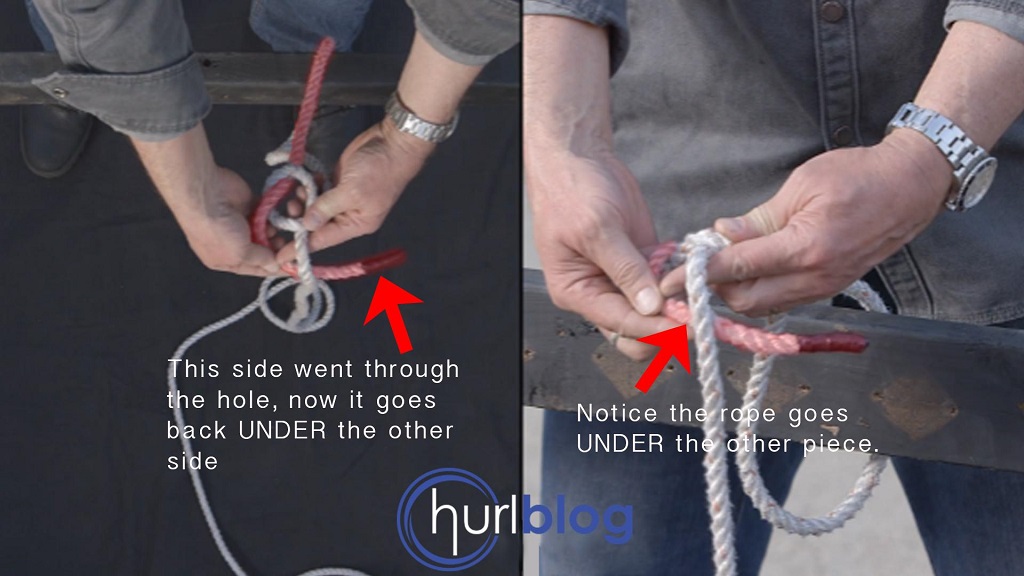
Notice the piece of rope that popped through the hole is indicated by red. It is taken under the other side of rope.
Step Five:
Take the rope and make it go back into the hole.
Now you have your finished bowline knot.
The great thing about this knot is that it is really strong. You can pull on the knot, have a lot of tension on it, and it won’t loosen.
Another great thing about this knot is that it is easy to take apart. Just pull where indicated on the image below and the knot will come apart.
The bowline is a simple and effective knot to use. It is strong, yet easy to untie, which saves you time.

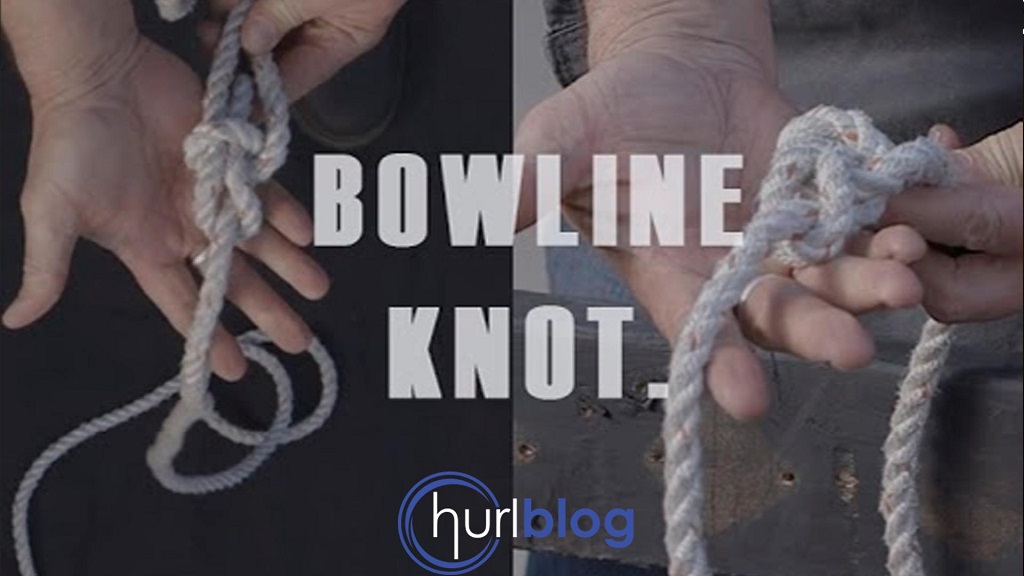
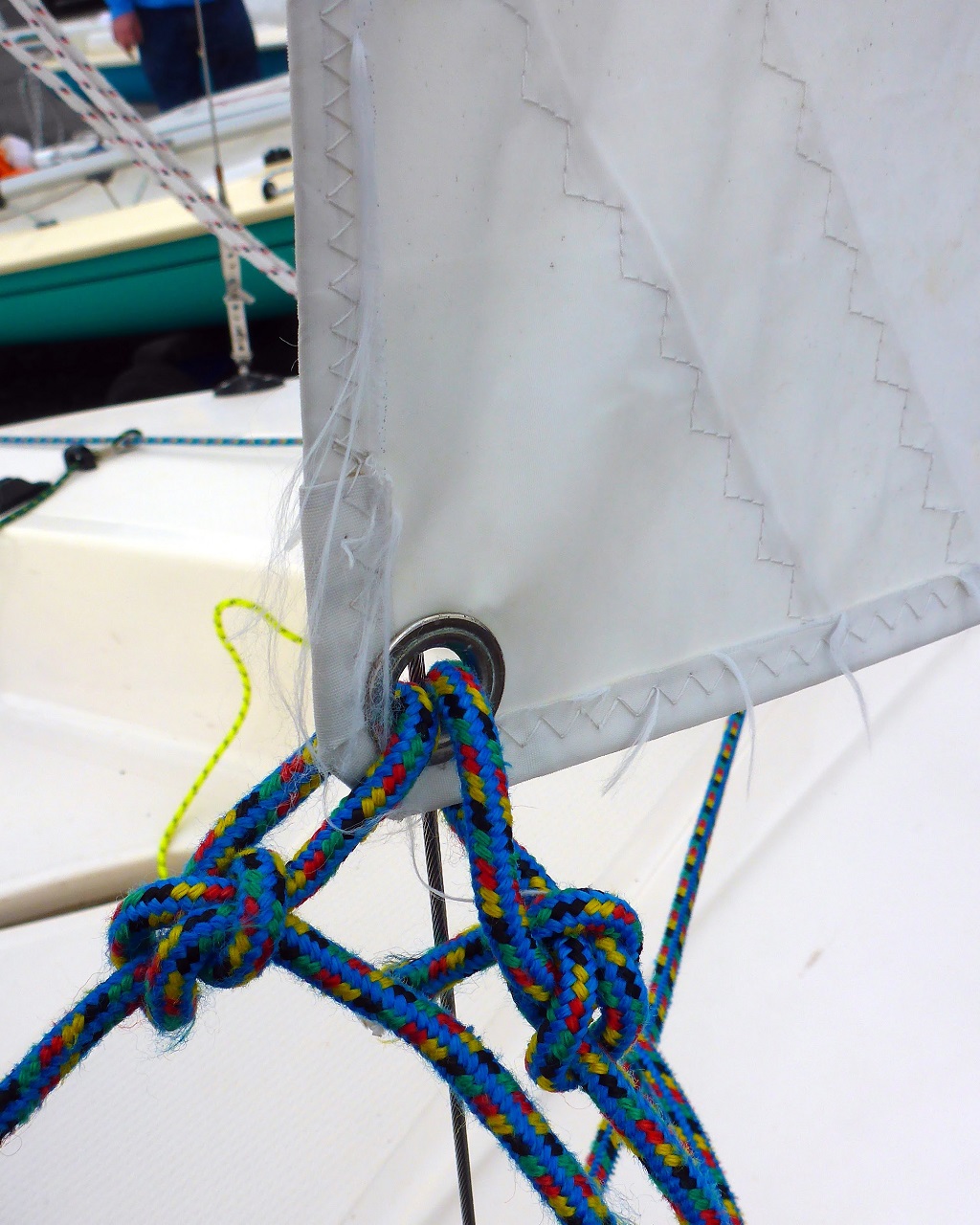

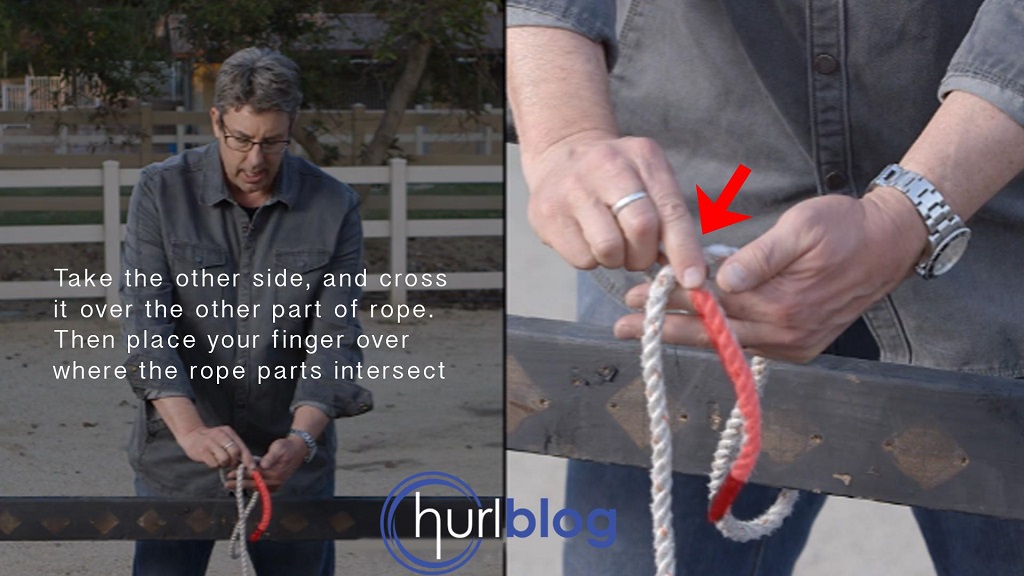
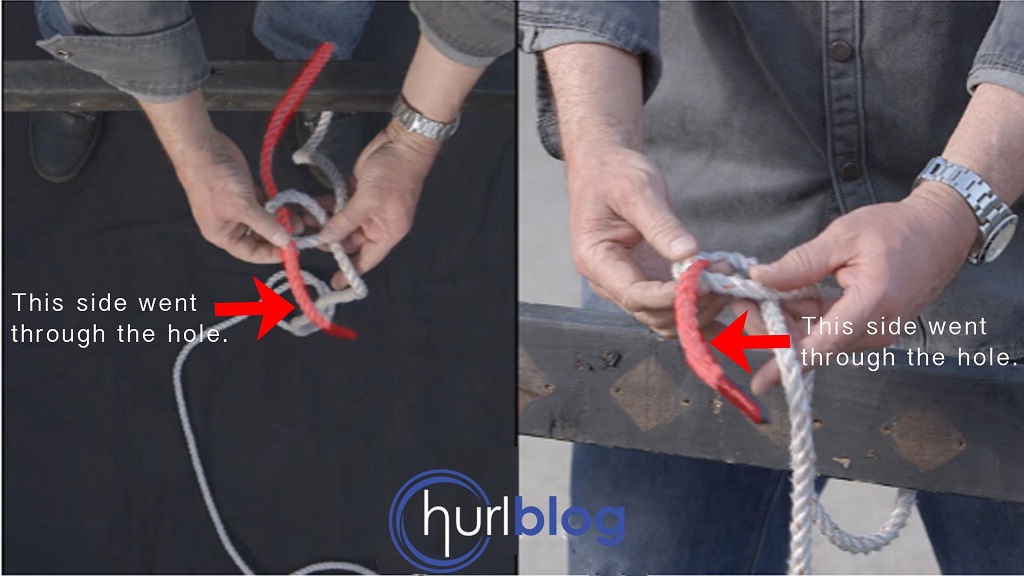

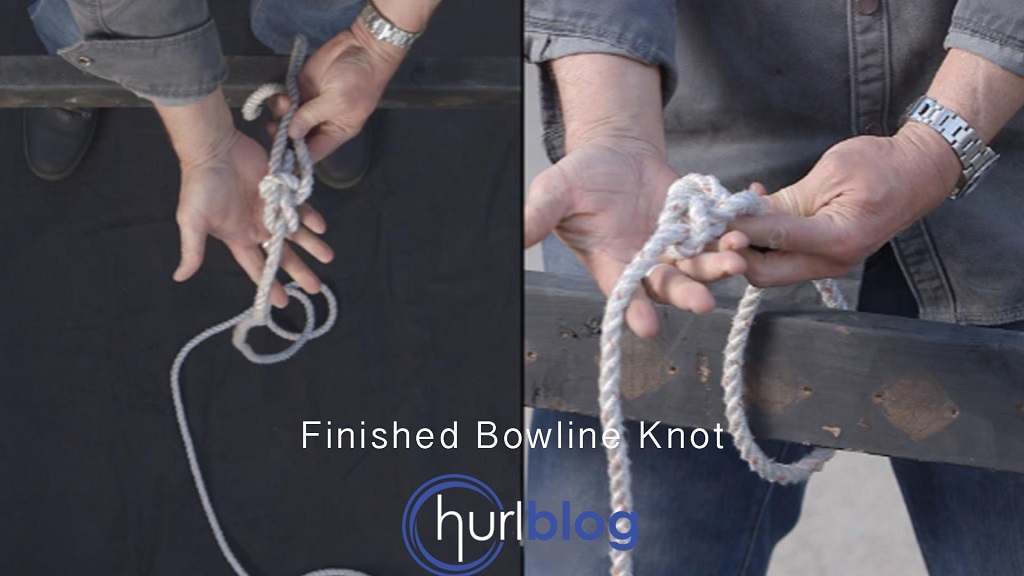

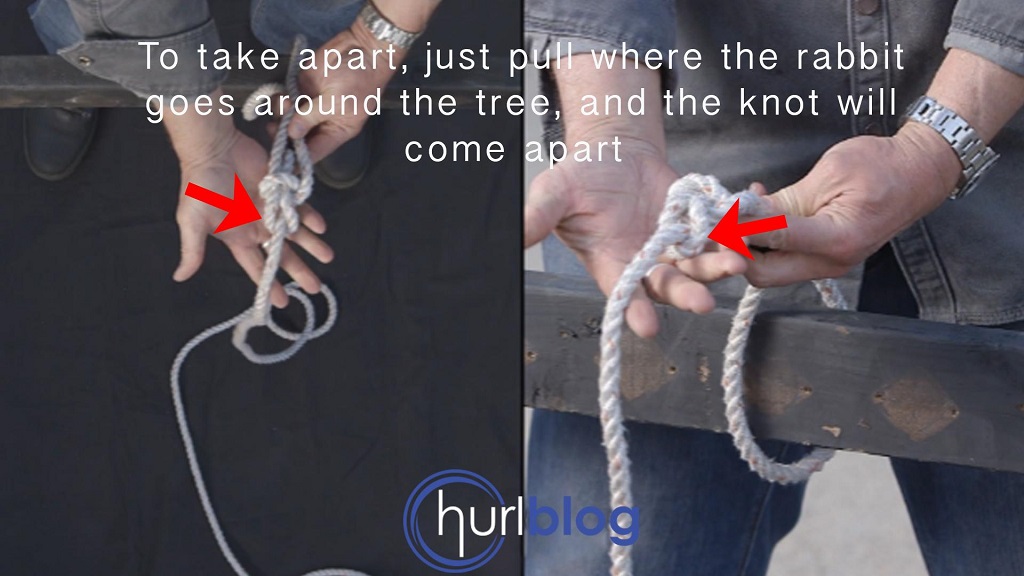


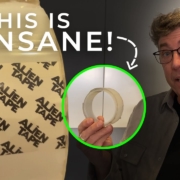

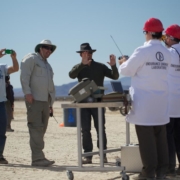

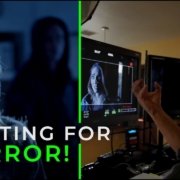


Great post. now that’s something they don’t teach you in film schools
HA HA, exactly. I am the gap between film schools and the real world of filmmaking. Thanks for the kind words.
Just wanted to mention that the bowline is no longer used for rock climbing. It has long since been replaced by the double figure-eight, which is harder to mess up and stronger, but takes longer to tie. When it comes to hanging out off of a cliff, you don’t want to take any chances.
This is great. I saw the other video about the Clove hitch. What are the names of the other “5 essential knots” you refer to in this video?
They are all coming to you: bowline, clove hitch, sheep shank, figure eight and half hitch.